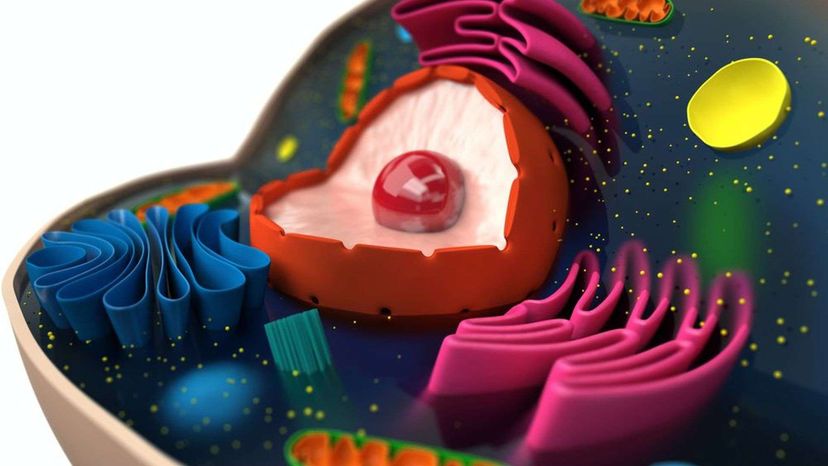
About This Quiz
So, did you? Did you pass your high school biology class? If you did, or you didn't, but you think you were robbed, take this quiz to see just how much you learned.
For some reason, biology is not most high school students' favorite subject. We're not sure why; we love the subject. And hey, Bill Nye the Science Guy loves it too. Whether you loved biology out of the gate or learned to love it because of a great teacher (or Bill Nye), you might know enough to pass this basic biology quiz.
Biology is the study of all things alive. From plants to animals, to cells, to genetics, biology encompasses a huge variety of subjects. In fact, because there are so many forms of living things to study, the topic of biology can be broken down into about 30 different areas of study.
These include anatomy, the study of the parts of living things; botany, the study of plants; genetics, the study of genes; mycology, the study of fungi (who knew?), zoology, the study of animals; and virology, the study of viruses. Many of these areas of study overlap, making biology an exciting and challenging field.
Did you ace high school biology? See if you can ace this quiz.
Advertisement
Advertisement
Advertisement
Advertisement
Advertisement
Advertisement
Advertisement
Advertisement
Advertisement
Advertisement
Advertisement
Advertisement
Advertisement
Advertisement
Advertisement
Advertisement
Advertisement
Advertisement
Advertisement
Advertisement
Advertisement
Advertisement
Advertisement
Advertisement
Advertisement
Advertisement
Advertisement
Advertisement
Advertisement
Advertisement
Advertisement
Advertisement
Advertisement
Advertisement
Advertisement